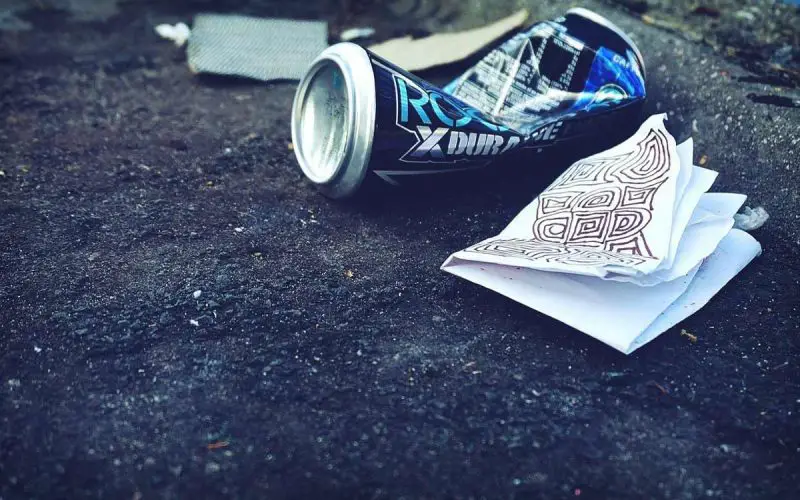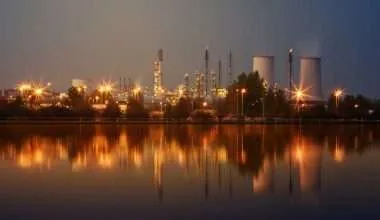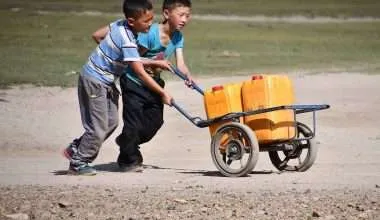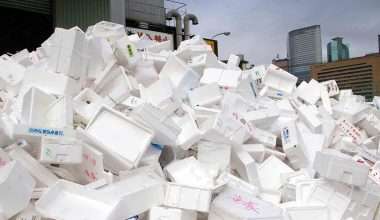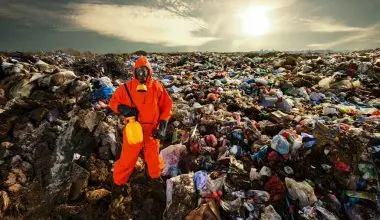Table of Contents Show
What is Land Pollution?
When considering air or water pollution, the responses are stronger. This is so since we can observe the consequences caused by the pollutants and their magnitude very plainly. It is standard human psychology to believe in what you see directly. Our land, however, is living a nightmare as well.
We might not be able to see the effects with transparency, but the land is being contaminated and taken for granted continuously, and we are unable to gauge the damages incurred. Land Pollution has begun to become one of the grave concerns that we collectively encounter.
Land pollution, in other words, refers to the land degradation or soil degradation and damage of the earth’s surface, directly or indirectly, as a consequence of human activities. Human activities refer to development and the same distresses the land radically as we witness land pollution.
By radical, we are denoting any activity that reduces the quality and/or efficiency of the land as an ideal place for farming, forestation, construction, etc. The dilapidation of land that could be used productively, in other words, is land pollution.
Land Pollution has resulted in a series of problems that we have come to grasp in recent times, after years of inattention. The growing numbers of desolate land plots and the declining numbers of forest cover due to the ongoing deforestation are snowballing at a disturbing rate.
Furthermore, the expansion of cities and towns because of the growing population is leading to further misuse of the available land.
Landfills and recoveries are being planned and executed to meet the increasing need for lands. This results in more degradation of land, and pollution created by the landfill contents. Furthermore, because of the shortage of green cover, the land gets affected in numerous ways, like soil erosion, which washes away the fertile agricultural land. A landslide can also be seen as an example.
Land Pollution Statistics and Environmental Facts
• 400 million tons of hazardous waste is generated every year around the globe. This is one of the largest acts of human pollution.
• Preserving energy aids lessening the amounts of acid rain. Power plants generate energy based on how much is being used by the household. The lower that quantity is, the fewer acid rain there is.
• 3.6 million hectares were damaged by soil erosion in 2011.
• Energy production and food waste are the reason for about 80% of the land pollution.
- 80% of the content in the landfills are recyclable.
• The Earth loses 24 billion tonnes of topsoil annually due to land pollution.
• The trash we produce worldwide is enough to fill 63 000 waste removal trucks. A lot of this waste causes land pollution after being discarded.
• 1 ton of oil is spilled for every 1 million tonnes of oil being conveyed.
• Farming practices are the cause for a substantial percent of the land pollution. That would be anything associated to fertilizing, use of pesticides, irrigation and incorrect removal of animal waste.
• Nearly 22% of the coral reefs have been devastated due to land pollution bringing about added pollution types.
• The entry to over 20 000 beaches was entirely restricted in 2009 because of the causes of pollution .
• 80% of the world’s forest has been ruined at present. In South Africa 90% of the tropical forest cover is destroyed.
• Organic impurities such as the pesticides DDT and Aldrin are able to increase their injurious potential by up to 70 000 times. The reason for that is that they are able to linger in the atmosphere for many years.
• For 10 years between 1997 and 2007 the waste generated by each person in Australia has risen by around 80% – from 1200 kg each year to 2 100 kg.
• The pollutants in the soil are being swiped away by soil erosion which spreads the uncleanness and augments the natural pollution.
• Trees are able to totally absorb pollutants that are later passed onto other forms of life.1 million seabirds and more than 100 million mammals perish annually owing to overall pollution.
What are The Different Types of Land Pollution?
1. Landfilling
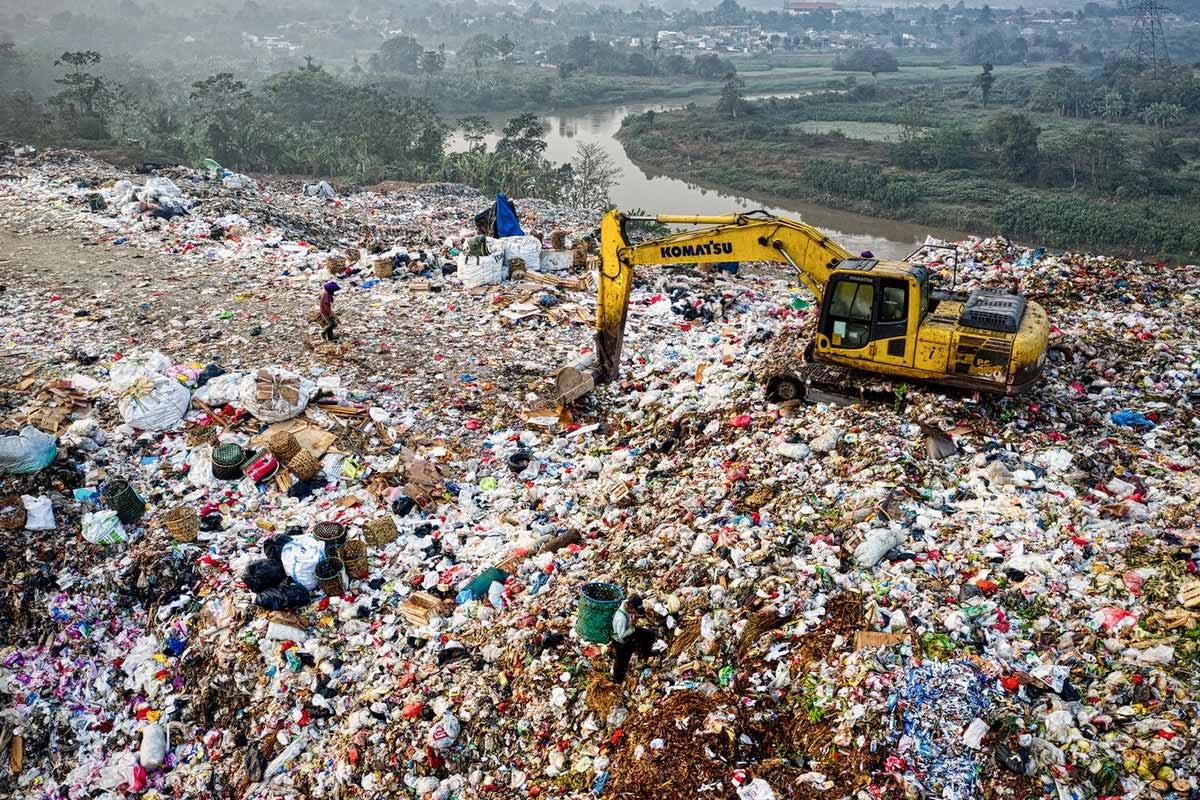
This is the earliest method of disposing used materials and all sorts of garbage by burying them underground. That location transforms into a landfill site and after such process of waste management it becomes a huge source of pollutants that damage all the soil fertility close by.
Also, landfills are a very good alternative for provisional storage of waste materials until their recycling or incineration. Most of the components that are being discarded there come from households. The average person is able to produce around 4 pounds of household waste each day and about 55% of it ends up at the dumping ground.
2. Industrial Activity
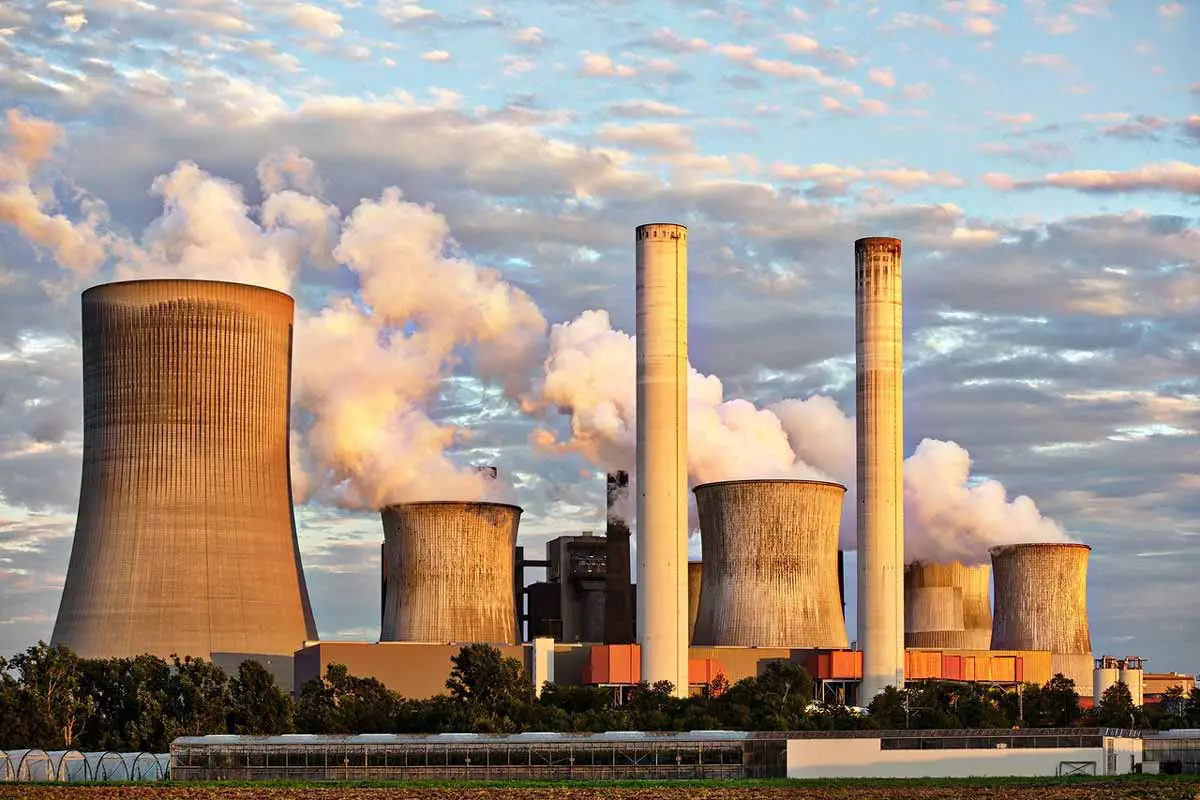
The manufacturing industry grew to be very popular after the Industrial revolution and left a momentous mark on the human history. It is still an important sector of labor in many developed countries but this problematical process is interrelated to the creation of a great deal of toxic materials taken out from the used resources.
Industrial activities generate enormous amount of industrial waste material that can further accentuate land pollution, creating environmental issue.
Originally the industrial activities were primarily fixated on steel and coal productions but after the electricity industry, things have transformed.
Nuclear energy is linked with nuclear radioactive waste generation which has to be discarded properly or else it may be very damaging to the land.
3. Hazardous Waste
This is any liquid, solid or sludge waste that is toxic, noxious or radiant materials, heavy metals or threatening pathogens. Regardless of most of it coming from mass manufacturing facilities, households produce that kind of waste as well. Items from your household such as batteries, electronics or cleaning materials are hazardous too.
These harmful chemicals are extremely damaging for the earth that they are disposed at. A severe policy and proficient approach is necessary when dealing with hazardous waste.
4. Deforestation
Trees are an essential part of life of all living species and an essential natural resource. They offer natural habitat to the animals and make available to humans valuable wood resources which are used for heating, furniture and crafts. Additionally, the leading role of the trees is to capture the carbon dioxide in the atmosphere and to release pure oxygen that creates and sustains all life forms.
When it comes to the soil organic matter, it would not exist if there weren’t any trees to rejuvenate it and create a healthy soil. Deforestation stops this curative process and leaves the ground incapable to reserve its precious nutrients without the help of the trees.
Various Causes of Land Pollution
1. Deforestation and Soil Erosion
Deforestation that takes place to produce drylands is one of the main trepidations. Land that is once changed into dry or desolate land can never be made fertile all over again, whatever the scale of measures to redeem it is.
Land conversion, as in, the modification or amendment of the initial properties of the land to make it use-worthy for a particular purpose, is an additional key cause. It obstructs the land vastly.
Also, there is a constant waste of land. Unused available land over the years turns barren; this land then cannot be used. So in search of more land, potent land is hunted, and its indigenous state is compromised.
2. Agricultural Activities
With the expanding human population, the need for food has enlarged significantly.
Agriculturalists frequently use very poisonous fertilizers and pesticides to eliminate pests, fungi and bacteria from their crops. However, overuse of these substances leads to pollution and contamination.
3. Mining Activities
For the duration of extraction and mining activities, numerous land spaces are created below the surface.
We always hear about land caving in, which is nothing but nature’s way of filling the spaces left out after mining or extraction activity.
4. Overcrowded Landfills
Every household generates tons of waste per year. Refuse like aluminum, plastic, paper, cloth, wood is gathered and transported to the local recycling unit.
Items that cannot be salvaged become a part of the landfills that impede the beauty of the city and causes land pollution.
5. Industrialization
As a result of a surge in demand for sustenance, housing, more goods are produced. This leads to the creation of further waste that needs to be discarded.
To meet the needs of the expanding population, more industries were set up, which resulted in deforestation. Research and development paved the way for contemporary fertilizers and chemicals that were extremely toxic and led to soil impurity.
6. Urbanization
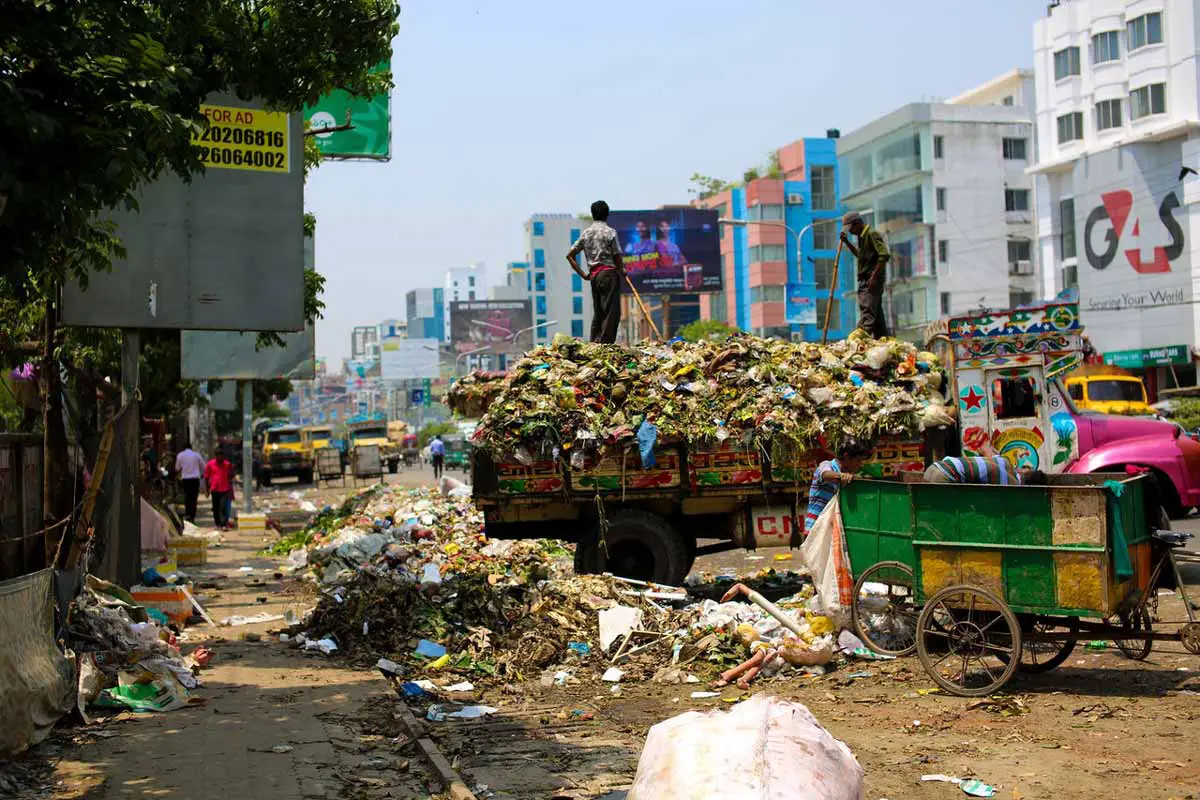
We humans have been laying down everlasting settlements for at least the past 10,000 years. Majority of the cities and towns, and the infrastructure, will continue to live on with us for thousands of more years to come.
Many of us might not categorize human settlements as “land pollution;” but, urbanization marks a substantial modification to the landscape that can cause land pollution in a range of indirect and direct ways.
7. Construction Activities
Because of urbanization, quite a lot of construction activities are taking place, which has given rise to big waste articles like wood, metal, bricks, plastic that can be observed by naked eyes outside any building or office which is under construction.
8. Nuclear Waste
Nuclear plants can create an enormous amount of energy via nuclear fission and fusion. The remaining radioactive material comprises of dangerous and toxic chemicals that can impact human health. They are discarded underneath the earth to avoid any casualty.
9. Sewage Treatment
A huge proportion of solid waste is leftover when the sewage has been treated to produce clean water. The leftover material is then taken to the landfill location, which ends up contaminating the environment.
10. Littering
Littering is a common environmental issue no matter if it is a city or the countryside. People just toss their trash on the ground without considering the hostile effects on the environment.
A regular occurrence is that people throw their cigarette butt on the ground every time. Since cigarettes have components damaging to the environment, it leads to land pollution.
Devastating Effects of Land Pollution
1. Soil Pollution
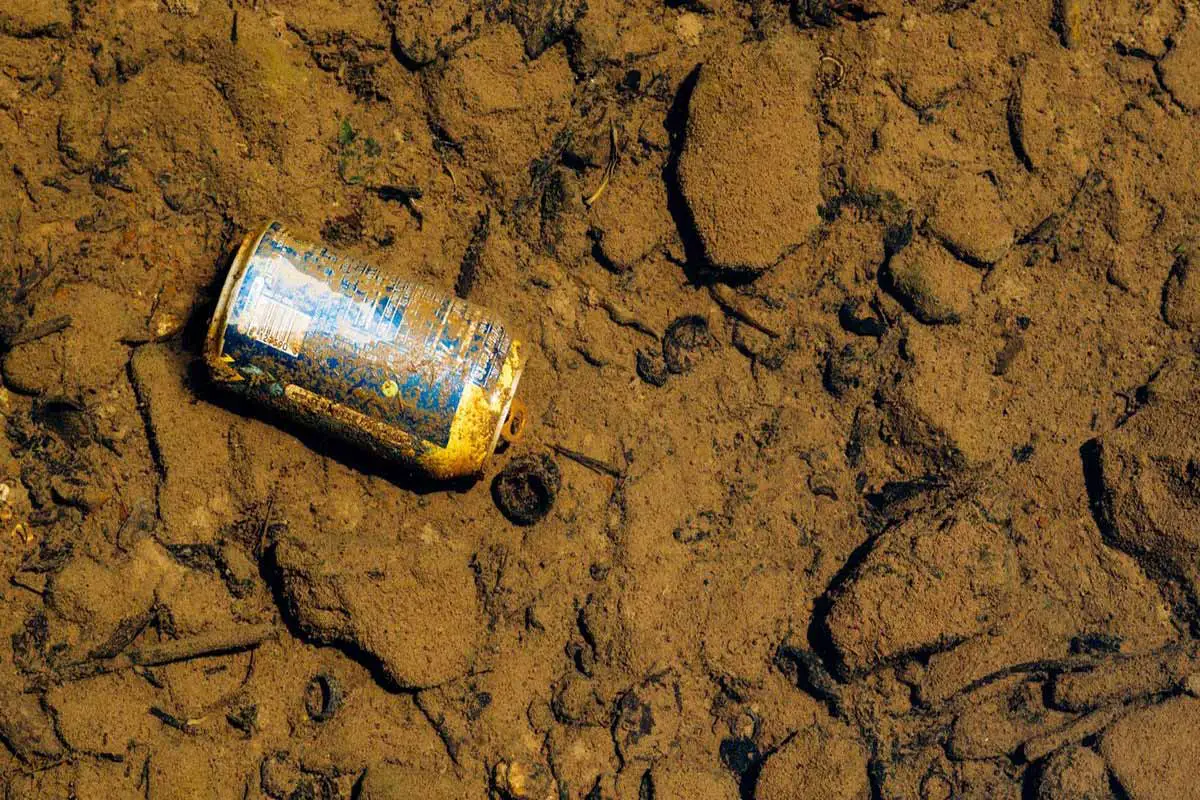
Soil pollution is another kind of land pollution, where the surface layer of the soil or the topsoil’s arrangement is spoiled is changed.
This is because of the overemployment of chemical fertilizers, soil erosion caused by running water and other pest regulation practices, resulting in a loss of productive land for agriculture, forest cover, fodder areas for grazing, etc.
The restoration process takes at least 500 years for 2.5 centimeters of topsoil.
2. Groundwater Poisoning
When dangerous materials from industrial processes and chemicals are inadequately gotten rid of from the earth’s surface or in unlawful landfills or storages, the chemicals and other substances can end up in the groundwater system, thus affecting water quality.
The process is known as leaching. It may take place on farms, industrial sites, and landfills and impact the health of animals, plants and humans.
3. Drinking-Water Problem
Drinking water is affected by land pollution. Almost 50% of the world’s population does not have access to safe drinking water, and each year water-based illnesses are the source of up to 10 million deaths.
4. Change in Climate Patterns
The consequences of land pollution are extremely unsafe and may result in the loss of ecosystems. When land is contaminated, it directly or indirectly influences the climate patterns.
5. Environmental Impact
When deforestation occurs, the tree cover is compromised. This leads to a substantial discrepancy in the rain cycle. A disturbed rain cycle impacts a lot of elements.
Above all, the green cover is decreased. Trees and plants help stabilize the atmosphere; without them, we are exposed to countless risks like global warming, the greenhouse effect, irregular precipitation and flash floods, among other disparities.
6. Effect on Human Health
The land, when polluted with toxic chemicals and insecticides, can cause potentially deadly harms such as skin cancer and the human respiratory diseases in particular.
Worldwide, 9,500 people are detected with skin cancer every day. The toxic chemicals can get into our body via foods and vegetables that we consume as they are grown in contaminated soil.
Land pollution further initiated growing deficiency in children. Chemicals, like lead that are usually traced in polluted soil and water, can affect a child’s cognitive development even when the exposure is very low.
7. Causes Air Pollution
Landfills in the city keep on increasing because of a rise in waste which is later incinerated, which leads to air pollution. They turn into home for mice, rodents, etc., which in turn spread diseases.
8. Distraction for Tourists
The city loses its beauty as a tourist spot since landfills do not look attractive when you travel around the city. It leads to a loss of revenue for the government.
9. Effect on Wildlife
The animal kingdom has undergone most damage in the past few decades. They face a severe risk with regard to the harm of habitats and natural environment.
The endless human activity on land is leaving it unclean, compelling these species to wander further away and acclimatize to new areas or die trying to adjust. Numerous species are moreover pushed to the threshold of extinction, because of habitat loss.
10. Nutrient Pollution – Nutrient Enrichment of Water
Chemicals that are usually used on agricultural farms, like nitrogen, end up helping the crops only in a minor way. The rest ends up in water inhabited by fish, algae, and other lifeforms.
As the nutrient-heavy water uses up most of the oxygen in the water, it leaves less oxygen for fish and other aquatic life. The water in that situation becomes incapable to sustain most life forms.
This process is also known as eutrophication!
11. Wildfires
When land areas are dirtied, they generally become quite dry. The dry conditions created by contaminants in the soil make for the ideal environment for wildfires and increase the likelihood of wildfires radically.
The fires can grow rapidly due to the dry conditions and expanding scope of polluted land, thus damaging the entire environment and killing plants, animals and even humans.
12. Habitat Shifting
When deforestation and soil erosion occurs, animals are required to move from their natural habitat to seek shelter and food. The change is extremely distressing for some animals, and this even leads to death. Therefore, some species are at a larger risk of extinction.
13. Other Issues
Other problems that we face take account of higher temperature, unusual weather activity, acid rains, etc. The release of chemicals on land makes it unsafe for the ecosystem too.
These chemicals are ingested by the animals and plants and so making their way in the ecosystem. This process is termed biomagnification and is a grave danger to the ecology.
Amazing Solutions to Land Pollution
1. Raise awareness of the concept of Reduce, Recycle and Reuse.
2. Recycling materials aid to lessen the need of using resources. The goods that cannot be use again can potentially be recycled.
3. Decrease the use of pesticides and fertilizers in farming practices.
4. Lessen the use of non-biodegradable materials. By merely using reusable cloth bag for groceries as an alternative of plastic shopping bags will help reduce the need for non-biodegradable materials.
5. Avoid purchasing packaged items since they will lead to more garbage that ends up in the landfill.
6. Make sure that you do not litter on the ground and carry out correct removal of waste.
7. Purchase biodegradable goods.
8. Practice organic horticulture and healthy agricultural activities, consume organic food that will be grown devoid of the use of pesticides or insecticide.
9. Make dumping grounds away from suburban areas to reduce environmental pollution.
10. Numerous animals live under the ground. Disturbance of the harmony of the land means disturbing their habitat too. This has led to some creatures attaining the endangered rank like Gilbert’s Potoroo in Australia for example.
11. Avoid dropping litter and correctly dispose of waste, which is a vital step against land pollution both for households and for industries.
12. Education is essential to lessen the land pollution problem. We have to show people the extensive effects of land pollution and the way to diminish them. People must be aware of the pollutant around us that can cause land contamination and eventually contribute to climate change. Convincing others can inspire every one of us to make a noteworthy impact to save our environment.
We walk and live on land. It is plainly the base of our ecosystem. Thus, it is for own good to take care of it and support it.
